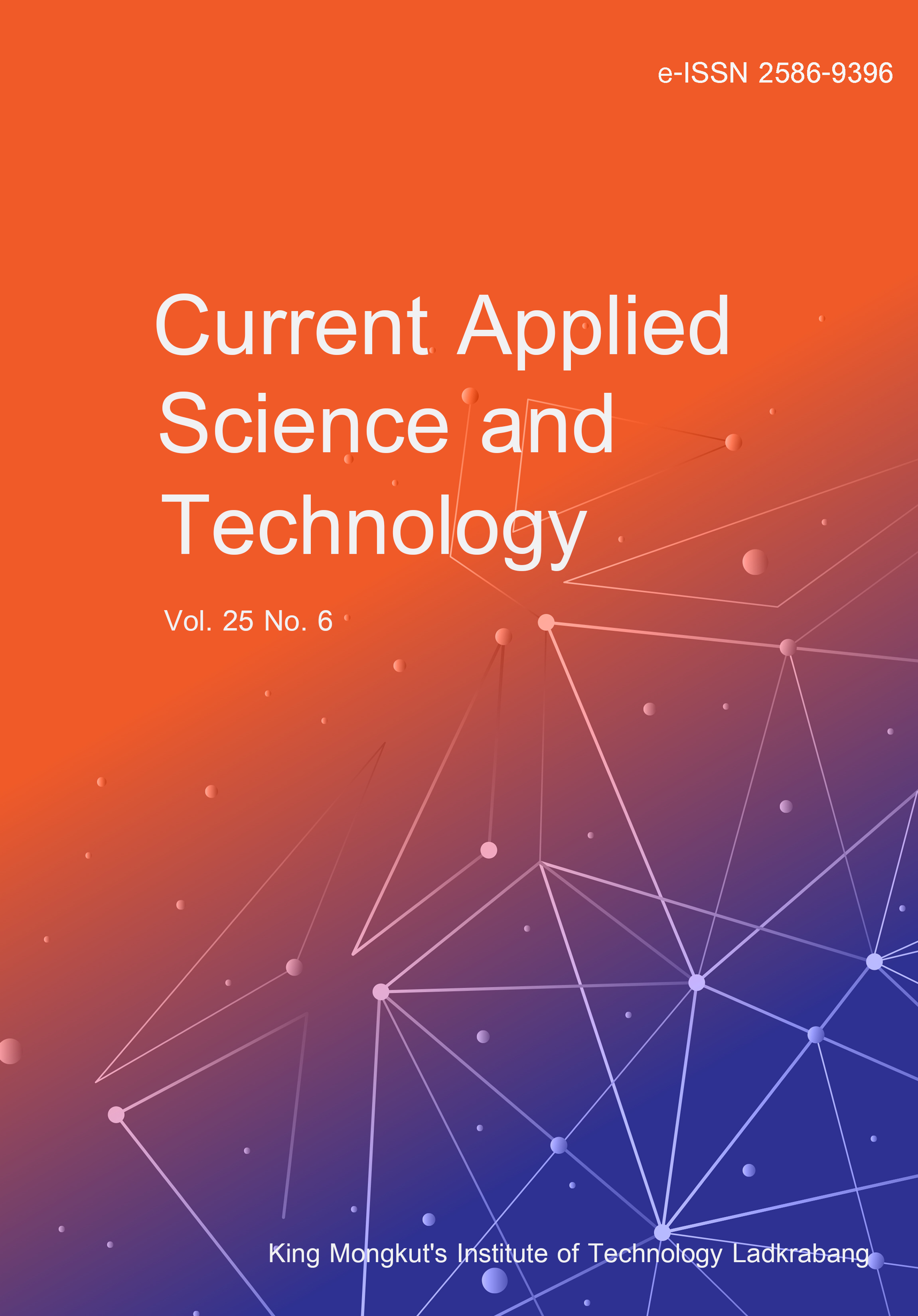Diffuse solar radiation is a component of solar radiation that can be applied in modern and innovative solar energy technologies. However, there are a few ground monitoring stations in Thailand, leading to a lack of diffuse radiation data. Therefore, a monthly average model of diffuse solar radiation based on the relation between the diffuse fraction and the clearness index was developed using mathematical and machine learning methods: multiple linear regression (MLR), cross-validation (CV), and artificial neural networks (ANN). The ground-based data was measured at four stations in Thailand, namely the Nakhon Pathom station at Silpakorn University (13.82°N, 100.04°E), the Chiang Mai station in the north (18.78°N, 98.98°E), the Ubon Ratchathani station in the northeast (15.25°N, 104.87°E), and the Songkhla station in the south (7.20°N, 100.60°E), during 2016-2023. In addition, some atmospheric parameters such as the aerosol optical depth, precipitable water, total ozone column, cloud cover, air temperature, relative humidity, and wind speed provided by the Aerosol Robotic Network (AERONET) and the Thai Meteorological Department (TMD) were considered to increase the performance of the model. Statistical indicators were applied to investigate the performance of the models with measured data from the four stations. In the comparisons between the monthly average diffuse fraction estimated from the purposed model and the data obtained from the measurement, the ANN model showed outstanding performance, with a mean bias difference (MBD) of -0.224%, a root mean square difference (RMSD) of 7.33%, and an index of agreement (IOA) of 0.93. These results show that the ANN model demonstrated the best performance and can be applied for calculating diffuse solar radiation, which can be utilized for research and applications in solar energy, agriculture and building efficiency.
Phaisathit, D. ., Tohsing, K. ., & Janjai, S. . (2025). Estimation of Diffuse Fraction from Clearness Index and Atmospheric Parameters in Thailand. CURRENT APPLIED SCIENCE AND TECHNOLOGY, e0262956. https://doi.org/10.55003/cast.2025.262956

